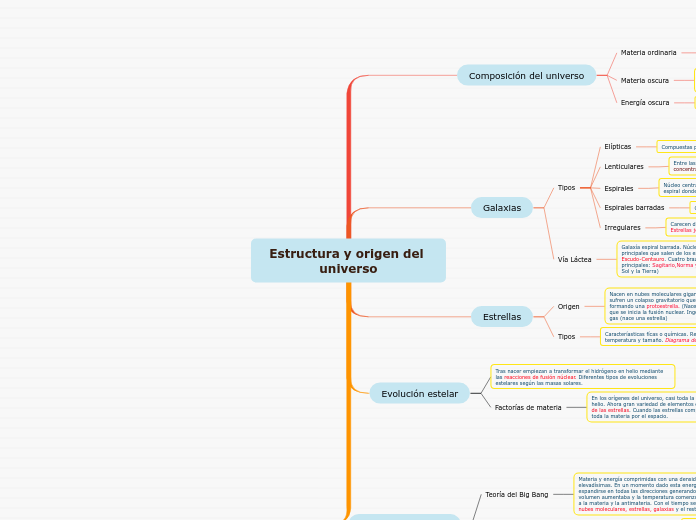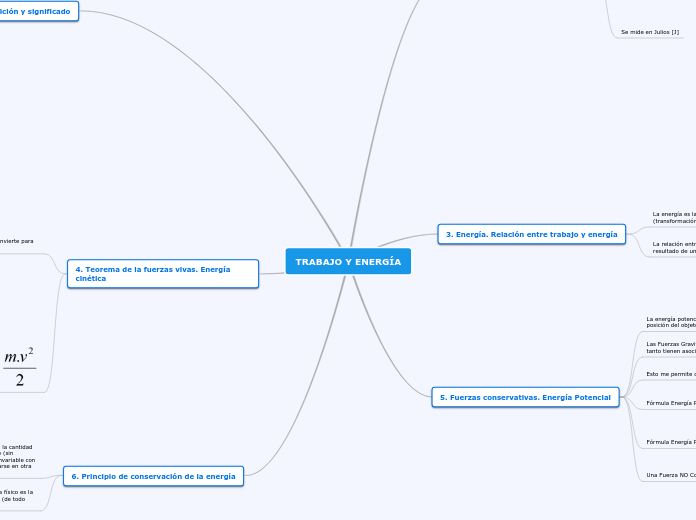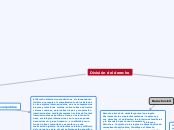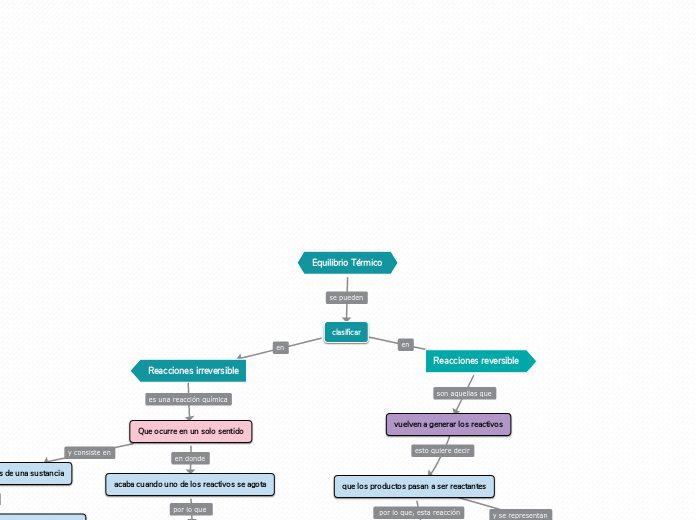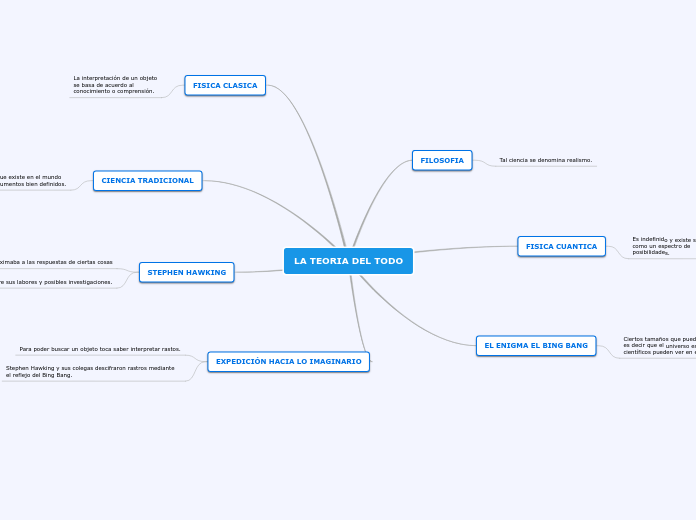Estructura y origen del universo
To name your story, you have to think about the overall message and what you want your audience to understand from the story. Also, make it relevant and easy to remember.
Origen del universo
Teoría de la inflación
1980 Alan Guth: Primeros instantes de la evolución del universo hubo un periodo de expansión acelerado cuya velocidad fue muy superior a la de la luz. El universo multiplicó sus dimensiones y se dividió en las fuerzas fundamentales: gravedad, electromagnetismo, interacciones nucleares
Observaciones científicas que confirman el Big Bang
Las galaxias se alejan unas de otras (Ley de Edwin Hubble) Radiación cósmica que proviene de todas las partes del universo.
Teoría del Big Bang
Materia y energía comprimidas con una densidad y temperatura elevadísimas. En un momento dado esta energía comenzó a expandirse en todas las direcciones generando el espacio tiempo. El volumen aumentaba y la temperatura comenzó a bajar dando lugar a la materia y la antimateria. Con el tiempo se se fueron formando nubes moleculares, estrellas, galaxias y el resto de estructuras.
Evolución estelar
Factorías de materia
En los orígenes del universo, casi toda la materia era hidrógeno y helio. Ahora gran variedad de elementos que proceden de los ciclos de las estrellas. Cuando las estrellas completan su ciclo dispersan toda la materia por el espacio.
Tras nacer empiezan a transformar el hidrógeno en helio mediante las reacciones de fusión núclear. Diferentes tipos de evoluciones estelares según las masas solares.
Estrellas
The ending of a story is essential. We all know that if the ending is weak, what happened before loses its importance. So make it unpredictable, but fair. A resolved ending answers all the questions and ties up any loose threads from the plot.
This is the closure section of the story.
See examples of possible outcomes below:
- all problems have been solved
- it's clear how each one of your characters ends up
- your main character is transformed by the challenge
Caracteríasticas fícas o químicas. Relación entre su luminosidad, temperatura y tamaño. Diagrama de Hertzsprung-Russell.
Try answering these questions to come up with a closure:
- Have all the problems been solved?
- Is there a clear picture of what happens with each character in the story?
- Has the challenge transformed your main character?
- How do the characters feel in the end?
Origen
This is the moment when the main character surpasses the last obstacle and finally faces their greatest challenge.
The climax usually follows one of these patterns:
- realization
- resolution
- choice
Type in your answer.
Nacen en nubes moleculares gigantes. Cuando superan una masa determinada, sufren un colapso gravitatorio que hacen que se contraigan y se condensen formando una protoestrella. (Nacen en grupo) Aumento de temperatura hasta que se inicia la fusión nuclear. Ingentes cantidades de energía. Emite chorros de gas (nace una estrella)
Galaxias
The middle of the story is where you add layers of complications that will lead to the end. Reveal more about the character's journey. Did their personality go through changes? How did they overcome the challenges? And as you build up the story’s central conflict, make it more personal to that character. Also, from the middle act, you have to lead into the final act.
Vía Láctea
Your character(s) need(s) motivation in order to solve the challenge(s).
Galaxía espiral barrada. Núcleo de forma elípticad y dos brazos principales que salen de los extremos: brazo de Perseo y brazo de Escudo-Centauro. Cuatro brazos secundarios que salen de los principales: Sagitario,Norma y el Orión (en el cual se encuentra el Sol y la Tierra)
Secondary characters also might have motivs beacuse of which they may cross path with main character or which might trigger them to help the main character.
Tipos
Each story has a main character and that character usually needs to solve a problem or challenge. The character's challenge is the one that creates tension throughout the story.
Irregulares
Type in any other challenges which other characters in the story need to face.
Carecen de estructura común. No presentan núcleo. Aspecto caótico. Estrellas jóvenes. Grandes cantidades de gas y polvo interestelar.
Espirales barradas
Con brazos pero su núcleo tiene forma de una barra alargada
Espirales
Núcleo central de gran densidad estelar y con brazos en forma de espiral donde se forman nuevas estrellas.
Lenticulares
Entre las elípticas y a las espirales. Forma de disco aplanado con una concentración de estrellas en el medio y sin brazos.
Elípticas
In most stories, there are 3 challenges. The number 3 is a mystical number symbolizing completeness. Try to come up with interesting challenges with which your character needs to struggle.
See a few examples below:
- turns into a werewolf at night
- is sent back in time
Compuestas por estrellas viejas. Son las más grandes.
Composición del universo
In the beginning of the story (or the exposition), you will need to introduce the setting and characters. You might also want to introduce the main conflict. This part of the story is important because it gives the reader necessary background information and maybe even a first insight into a character’s personality.
Energía oscura
The setting (time & place) of a story can change throughout the plot.
73% del total del universo. Acelera la expansión.
The weather is an important element in your story because it can highly influence the ambiance and the mood of the characters.
Materia oscura
23% del total del universo. Composición desconocida que no emite suficiente radiación electrónica para ser observada actualmente. Sin ella la materia no habría podido compactarse.
Materia ordinaria
Characters are essential to a good story. Usually, the protagonist(s) is/are the most affected by the plot. Introduce a character by focusing on their actions, interests, and occupation, as the physical appearance doesn't make a difference in most cases.
4% del total del universo. Formada por gas frío y polvo interestelar, entre los que hay grupos de galaxias.Cada galaxia contiene millones de estrellas.
Type in the name of your character.
